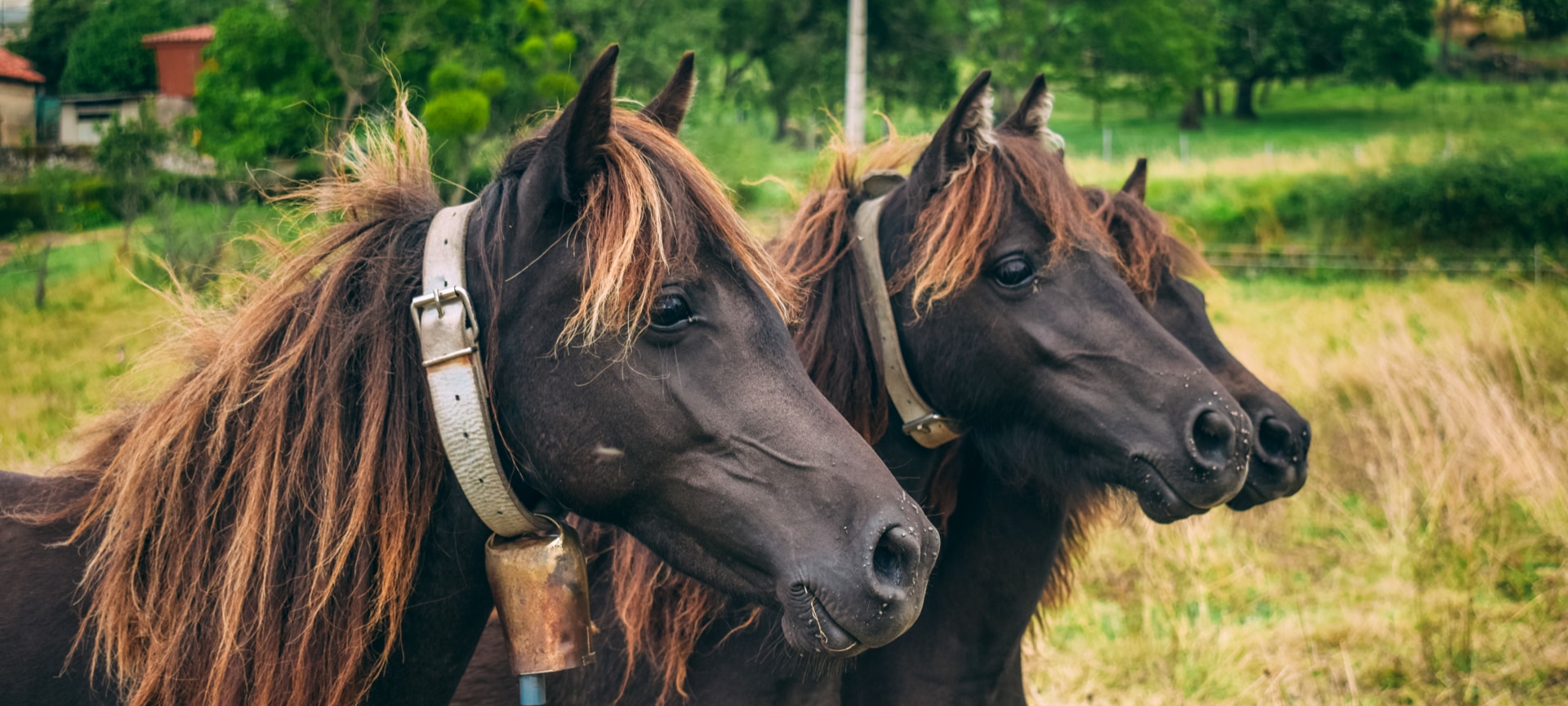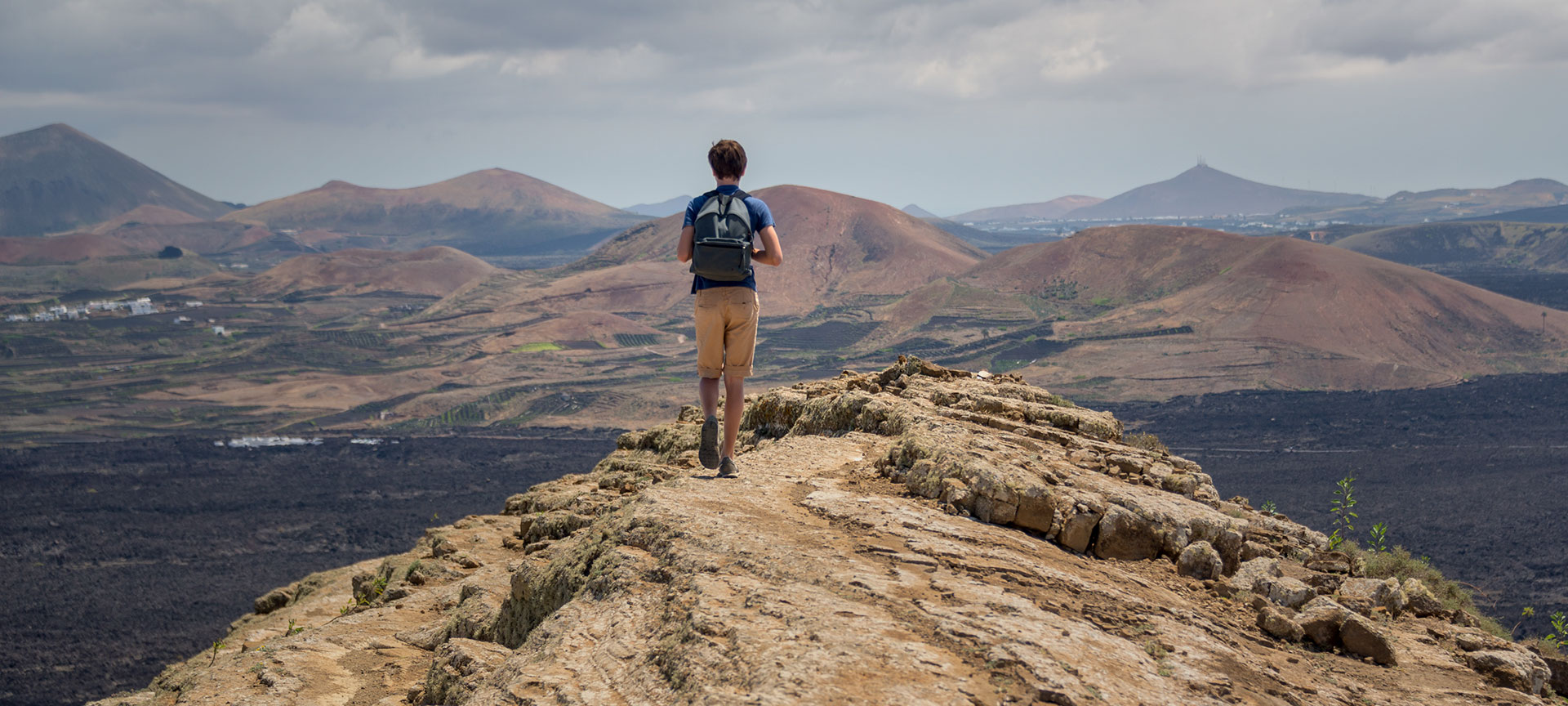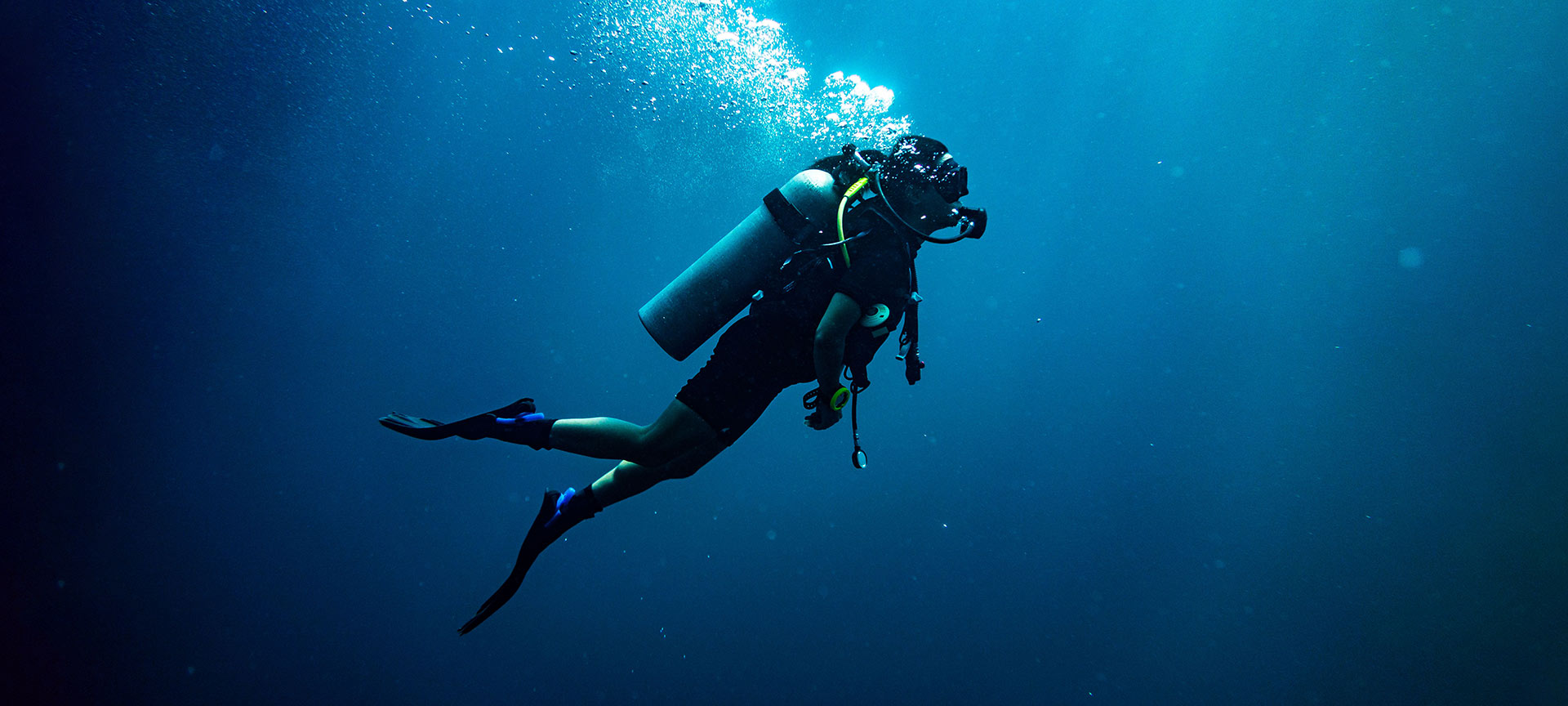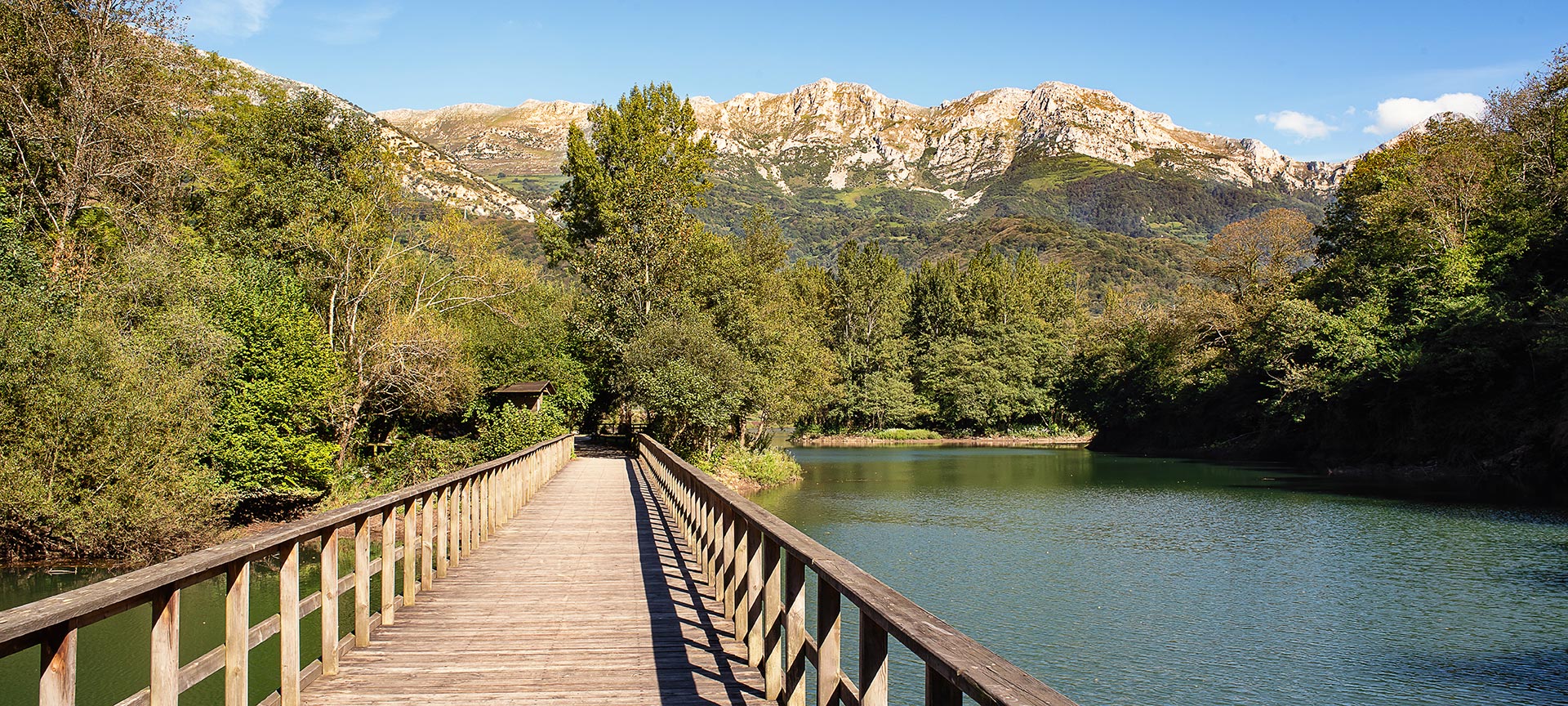Due to its different climates and distinct regions, the fauna of Spain is widely diverse, with a large number of endemic species. In fact, it is home to the largest number of vertebrates in all of Europe.Surely the Iberian lynx or the brown bear are familiar to you, but in Spain there are many more unique species such as the following:

White-headed duck
This species of diving duck is characteristic for having a blue beak and an elongated and sharp tail. But this is only the male white-headed duck, showing his charms during breeding season. If you want to distinguish this species at any time of the year, you have to look for its voluminous head and its convex beak at the base.The white-headed duck usually lives in freshwater lagoons. In Spain, this species is primarily found in the centre-south of continental Spain: Cordoba, Cadiz, Almeria, Seville, Ciudad Real or Toledo. It is a fairly sedentary species, although colonies have been seen migrating north in search of a more humid summer.
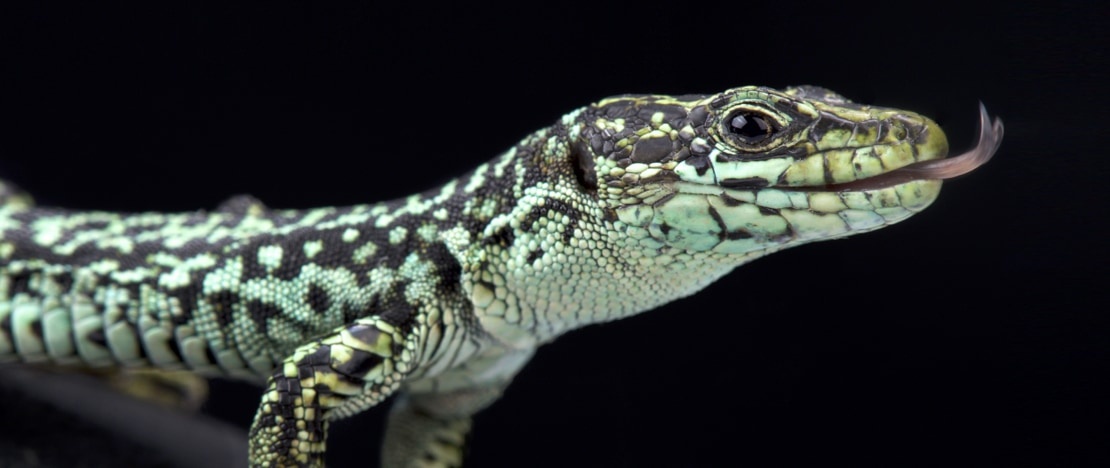
Cyren's rock lizard
Medium in size, not usually exceeding 10 centimetres, this type of lizard can be recognised by having a tail twice as long as the body and a slightly flattened head. As for its colour, it can range from brown in females to bright green in males in heat, with a black reticule pattern. Its belly is white or bluish.The Cyren's rock lizard is a species of endemic fauna, located in rocks in high mountain areas. The main colonies are located in the mountain ranges of Gredos, Guadarrama and Béjar.
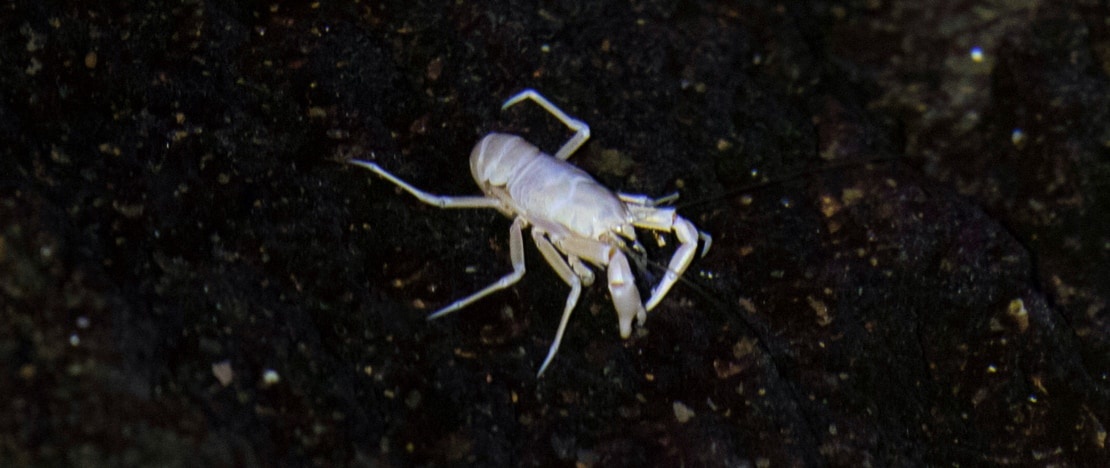
Blind albino cave crab
This species of endemic crustacean stands out for two key characteristics. First, its size, since its shell does not reach one centimetre. Second, its very weak eyesight, which is compensated for with overdeveloped hearing. Also, it is albino so its colour is white.This unique species in the world is greatly affected by light, sounds and temperature. That is why it is endemic to a very specific place: The Jameos del Agua, in Cueva de los Verdes (Lanzarote).
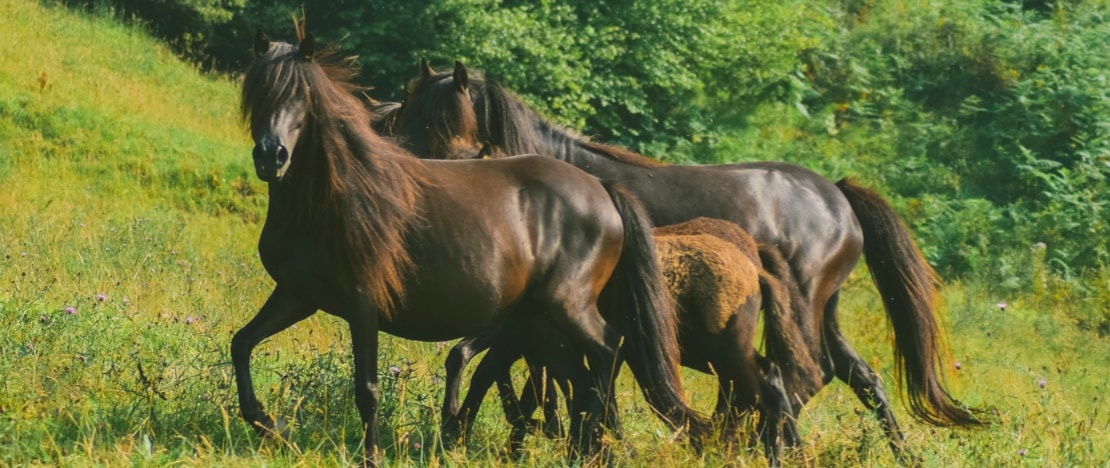
Asturcon
The Asturcón pony is no more than 1.30 metres in height, albeit physically agile, strong and tough. It has an abundant tail and strong hair, of medium or long length, to protect against the cold, since it lives in mountainous territories of Asturias.This endemic species was originally wild and of no use for humans. It was later domesticated and used for agricultural tasks and transport. This exploitation brought the Asturcón to the brink of extinction, which is why they are now protected by the ACAS (Asturcon Conservation Association of Sueve).
